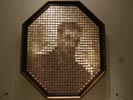
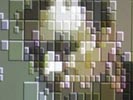
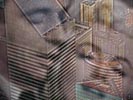
There is a part of ITP, including the work of Danny Rozin, Daniel Shiffman, Mark Napier and others that finds a home in traditional venues of the fine arts — galleries, museums, and the living room walls of art collectors. This type of art, however, is not an image or even a sequence of images (such as video), but rather, a seemingly infinite set of possibilities encoded in computer algorithms, and controlled by the viewer’s interaction Can an algorithm be enjoyed as art? If so, must it be enjoyed in the context of a gallery or museum or will the screen on your desk do just fine? With the abundance of computers and communications capabilities, the opportunities for creating new types of art are amazing.
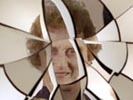
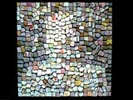
Project: Mirrors. A mirror is the most immediate and intuitive of interactive visual tools. Many projects, most famously Danny Rozin’s, take the mirror, as an object and paradigm, and harness it to create seamless interaction between viewers and digital art pieces.
Courses: Many courses at ITP teach the students skills that are relevant to the craft of creating self expressive art, and many of the students take advantage of these new skills and create art installations that are displayed at ITP’s various presentation opportunities as well as at galleries and museums. Some classes such as The World - Pixel by Pixel are geared directly towards empowering the students to engage in expressive creativity.